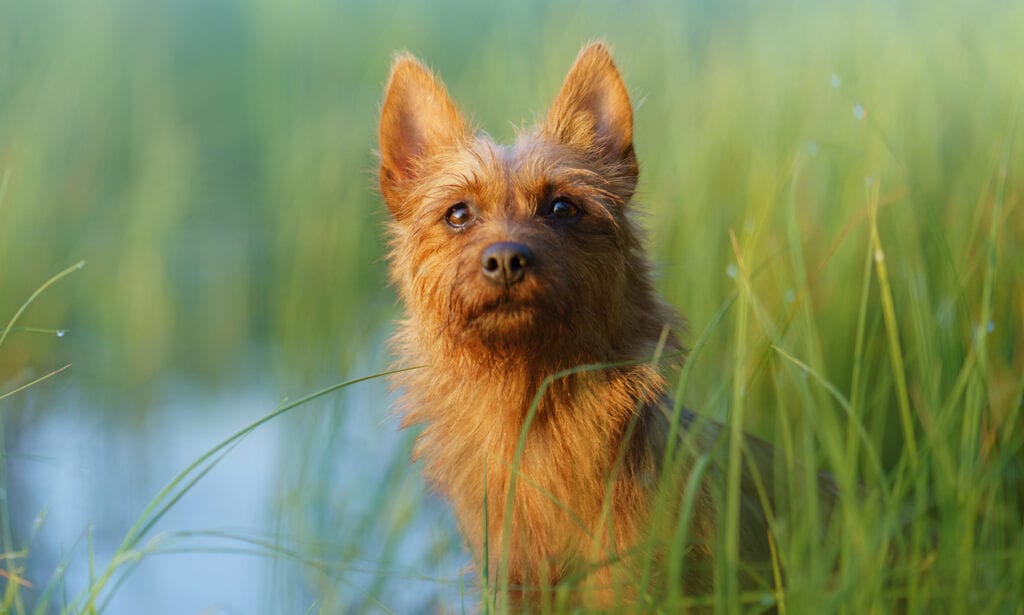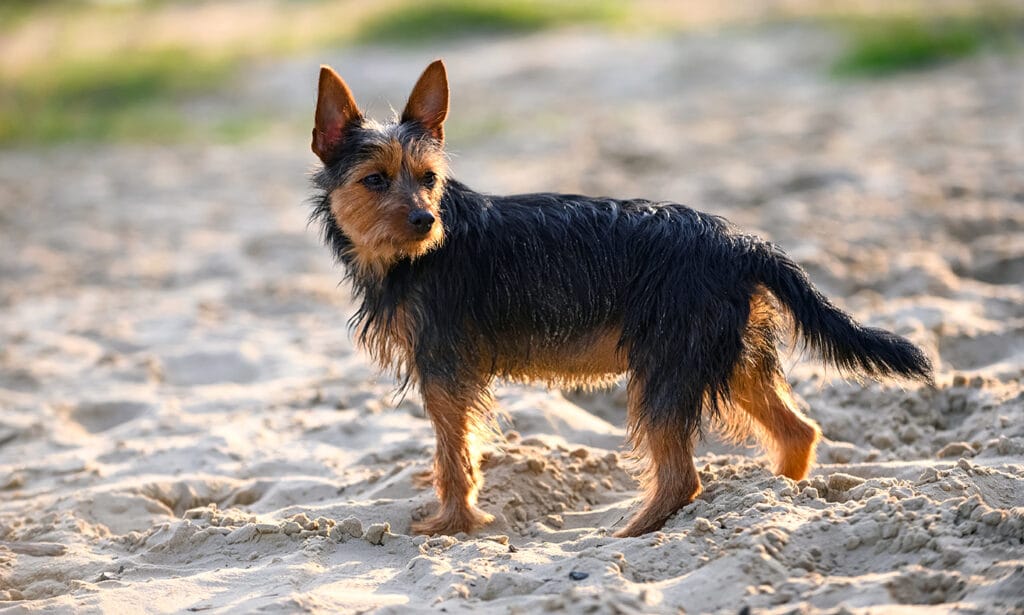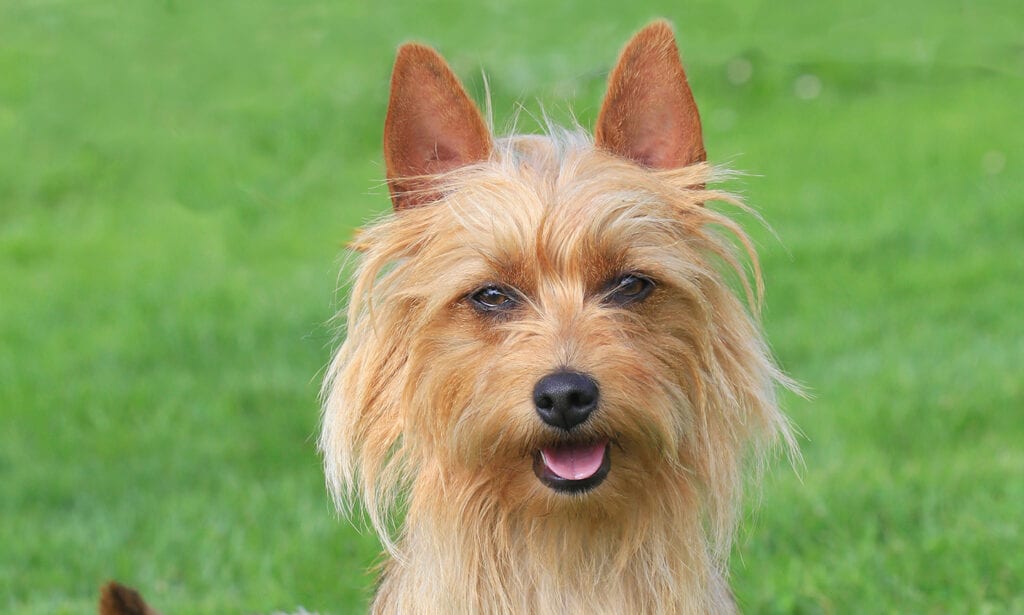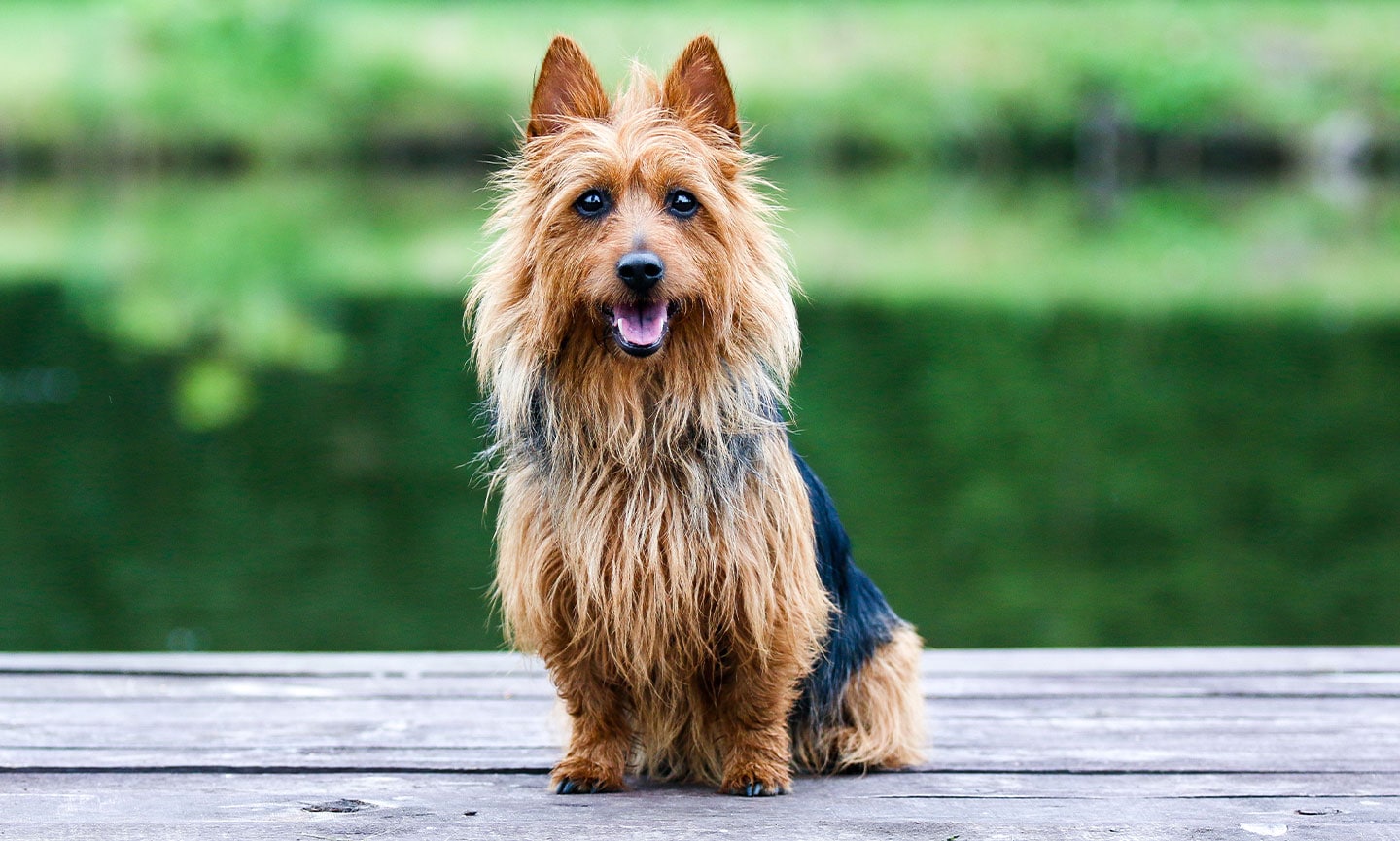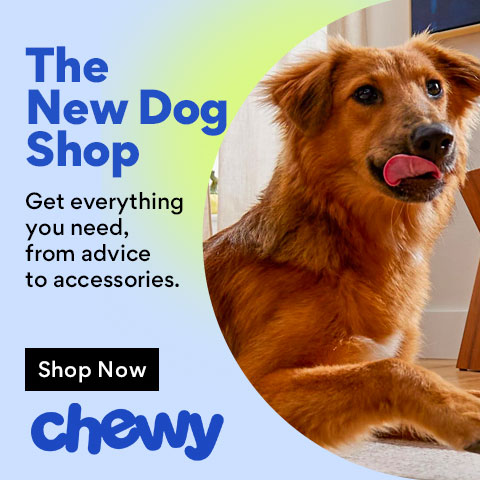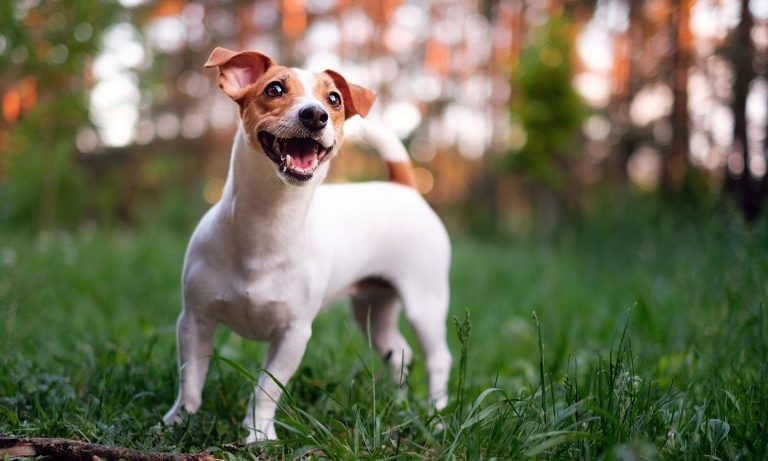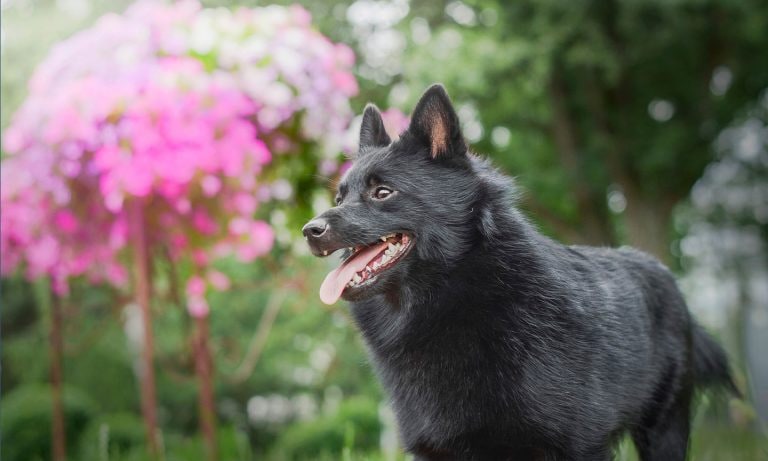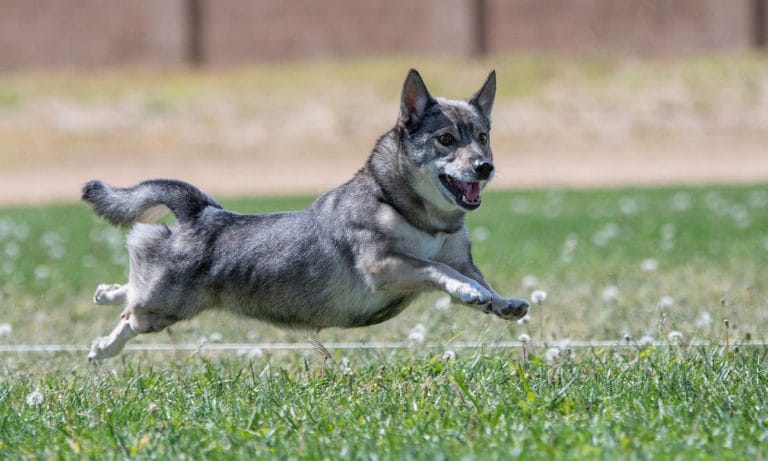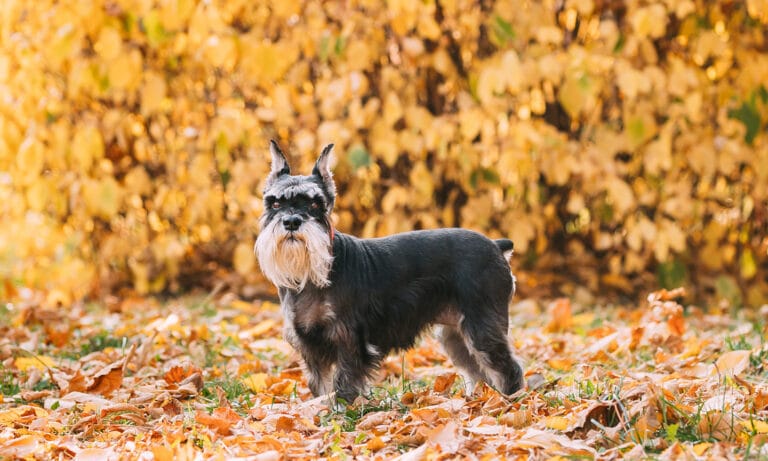Cheerful, lively and ready to take charge? If that sounds like you, you’ve met your match with the Australian Terrier. This peppy pup would love to rule the roost if you’d let them. But Australian Terriers are most happy when paling around with their bestie (that’s you!), whether that’s running errands, hiking your favorite trail or taking a stroll through the neighborhood. These pups love to keep all your attention for themselves; they’re happiest when they’re your only pet. Their whole goal in life is to spend every moment with you—and that’s a goal you’re ready to take on.
Breed Snapshot
Temperament:
ExuberantZippyOccasionally AloofCoat Color:
Blue And TanRedSandy
Best For
Australian Terriers are best for active pet parents who are able to give this high-energy pup the exercise and attention they need. While these exuberant pups are relatively easy to groom, their high energy levels and independent nature requires lots of training and playtime.
Australian Terrier Temperament
The personality of the Australian Terrier breed is generally joyful and upbeat—these dogs are a bundle of energy. They are the type of pup to keep their family entertained, but they’ll get into mischief (aka chewing things, excessive barking) if they aren’t sufficiently exercised or if they’re left alone for too long. Because Aussies were bred to be companions, in addition to keeping vermin, like rats, off the farm, they bond strongly with their families and can get very attached to humans. If you’re someone with a busy travel or work schedule, the Australian Terrier might not be the breed for you.
Despite their devotion to their pet parents, this isn’t your happy-go-lucky Golden Retriever who’ll bound up to strangers and lick their face. Australian Terriers can be aloof with people they don’t know well—children, neighbors or strangers. They’d choose gardening with their parent at home over mingling at a neighborhood block party any day of the week. But socialization, starting when they’re a puppy, will help them get used to meeting new people and situations.
Australian Terriers do best as the only dog in your home. Because they were bred to hunt vermin, small pets, like cats and bunnies, will be high on their list of things to chase—best to keep them in a home without any kitties or critters.
Due to their intelligence and innate desire to hunt prey, these dogs are strong-willed and independent thinkers. They have the terrier characteristics to want to be the leader, but with the right approach and experienced pet parents, they can be well-trained.
How to Care for a Australian Terrier
Australian Terriers have moderate care needs. Despite looking like their cousins, the high-maintenance Silky and the Yorkshire Terriers, these pups are relatively easy to groom. However, with their high energy levels and independent nature, you’ll be bonding with your pup over lots of time training and playing together.
Australian Terrier Health
While Australian Terriers are generally a hardy breed with a good life expectancy of 11-15 years, they’re prone to a few health problems that you should be aware of before bringing them into your home.
- Diabetes Mellitus: Australian Terriers have a risk of developing diabetes mellitus, which looks like Type 1 diabetes in humans. This is a genetic disease rather than a diet-related condition; and while there is currently no genetic testing for diabetes in dogs, responsible breeders won’t use dogs with diabetes in their breeding programs. Symptoms of diabetes include excessive thirst, increased peeing and appetite and weight loss. If your pet is having any of these issues, it is recommended to contact their veterinarian for an examination and likely bloodwork.
- Luxating Patella: Common in small breed dogs, a luxating patella is where the kneecap can shift sideways (luxate) out of its normal position. You’ll often see your pup skip for a few steps or even shake their leg. Often, the knee will slip back into place on its own. Treatment may include joint supplements and weight management.
- Legg-Calve-Perthes: This is a heredity condition affecting the hip joint in small breed dogs. Dogs affected will typically have a slowing progressing back leg limp affecting one or both back legs. It is diagnosed by X-rays and treated with surgery.
- Cataracts: Cataracts create a clouding of the lens of the eye results in decreased or lost vision. There are over 115 genes known to cause cataracts, so genetic screening is not always practical. However, surgical treatment may help to restore vision in affected pups.
- Epilepsy: Australian Terriers are prone to seizures and genetic testing may help screen at risk dogs. Often seizures can be well managed in dogs with daily medication.
Australian Terrier History
The Australian Terrier hails from Australia (no surprise there!), but this dog owes their origins to the British settlers who brought working terriers “Down Under.” The development of this breed started around 1820, when they were called Rough Coated Terriers; they became known as the Australian Terrier in 1892. The breed’s ancestors include the Norwich Terrier, the Scottish Terrier and the Yorkshire Terrier. The word “terrier,” from terre and tera, the French and Latin words for earth, refers to these dogs’ tendency to burrow.
Like other prey-driven dogs, including the Cairn Terrier and Dandie Dinmont, the Australian Terrier was (and still is!) adept at hunting rats, mice and snakes on farms and homesteads. Their double coats protected them against the extreme temperatures of the Australian Outback, while the long hair on their necks and chests defended against snake bites. These dogs were keen and fearless hunters, and their instinct to hunt small animals remains to this day.
In spite of their hunting prowess, and unlike some terrier breeds, Australian Terriers had a dual purpose: they were also bred to be companion dogs. While they worked hard at their outdoor jobs, they were equally happy to keep farm families company inside the home. The Australian Terrier was Australia’s first officially recognized dog and was recognized by the American Kennel Club (AKC) in 1960, having first been introduced to the US in the 1940s.
If you want one of these dogs in your life, the price for a purebred Australian Terrier puppy can range $1,300-$1,500 or more. For that price, you’re likely getting a pup who’s been screened for health and temperament issues and may come with pedigree papers. You can find a list of reputable breeders on the AKC’s website. These dogs are relatively rare in North America and can be difficult to find in an animal shelter, but you can check with the Australian Terrier Rescue group to adopt a pup. You can also search Chewy’s database of adoptable dogs in your area.
FAQs
Do Australian Terriers shed?
Australian Terriers hardly shed at all, making them a great choice for someone who suffers from allergies.
Are Australian Terriers good family dogs?
Yes, Australian Terriers make good family dogs and generally love homes with kids, when they’re properly socialized. It’s best to supervise them around young children they don’t know well, as they don’t have much patience for poking and prodding.
How long do Australian Terriers live?
Most Australian Terriers live to be 11-15 years old, giving you many years to create fond memories with your pup.
Do Australian Terriers bark a lot?
Australian Terriers can, in fact, be big barkers. They can be trained to be less yappy, but their watchdog instinct makes them naturally prone to barking.
What are the most common Australian Terrier mixes?
- Australian Terrier-Yorkie mix (Australian Yorkshire Terrier)
- Australian Terrier-Chihuahua mix
- Australian Terrier-Poodle mix (Terripoo)
- Australian Terrier-Jack Russell mix (Rustralian)
- Australian Terrier-Labrador mix
Note: These are not purebred dogs but mixed breeds.

Top Takeaways
The Australian Terrier is a happy and playful companion who loves attention from their favorite humans but can be initially wary with strangers. These high-energy dogs need lots of exercise, but keep them leashed when out and about—they love to give chase. This is an easy-to-care-for breed and an excellent choice for pet parents who can spend bucketloads of time with them.
Expert input provided by Dr. Heather Rife, former veterinarian and breeder; and Julie Seaton, AKC Breeder of Merit with Temora Australian Terriers.
Breed characteristic ratings provided by Dr. Sarah J. Wooten, DVM, CVJ, a veterinarian at Sheep Draw Veterinary Hospital in Greeley, Colorado; dog trainer and behavior consultant Irith Bloom, CPDT-KSA, CBCC-KA, CDBC, owner of The Sophisticated Dog, LLC, in Los Angeles; and certified animal behavior consultant Amy Shojai, CABC, in Sherman, Texas.
The health content was medically reviewed by Chewy vets.
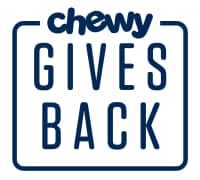
Search for Adoptable Australian Terriers Near You
Top Australian Terrier Names
These are the top Australian Terrier names as chosen by Chewy's pet parents!
Female Names
- Coco
- Luna
- Daisy
- Molly
- Sadie
- Lucy
- Rosie
- Bella
- Roxie
- Maggie
Male Names
- Benji
- Buddy
- Finn
- Bodie
- Max
- Cody
- Bodhi
- Theo
- Teddy
- Archie
Share:

